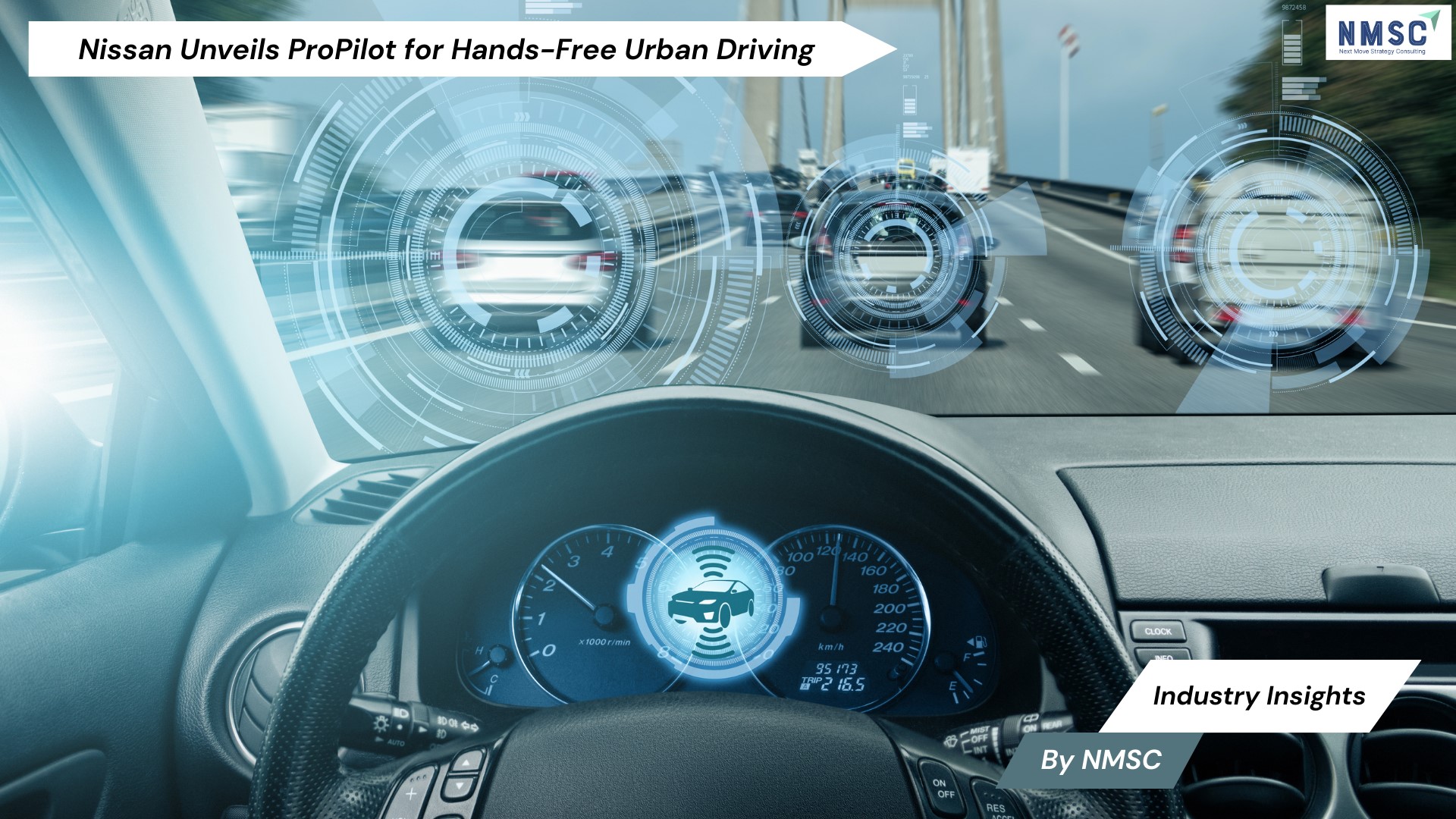Japan Smart Dust Market is expected to reach USD 40.8 million by 2030
Published: 2025-02-24
Integration of smart dust in the medical sector and industrial monitoring capabilities of smart dust will drive up the demand for the Japan Smart Dust Market during the forecast period.
The Japan Smart Dust Market will value at USD 12.9 million in 2025 and is predicted to reach USD 40.8 million by 2030, at a CAGR of 21.9% from 2026 to 2030, according to new research by Next Move Strategy Consulting. The integration of smart dust technology into the medical field is on the brink of revolutionizing healthcare practices nationwide in the coming years. Leveraging its small size and wireless connectivity, smart dust sensors present a groundbreaking solution for implantation within the human body.
This allows for the monitoring of vital signs, early detection of illnesses, and precise administration of therapies directly at the source. This transformative technology enables continuous real-time data collection, empowering healthcare professionals with unprecedented insights into patients' health status. This facilitates more accurate diagnoses and personalized medical interventions tailored to each individual's unique needs. Additionally, the continuous monitoring enabled by smart dust enhances preventative care strategies, enabling early detection of health issues and timely interventions to mitigate potential risks. Ultimately, this leads to improved patient outcomes and reduced healthcare costs.
As healthcare providers increasingly recognize the transformative potential of smart dust technology, its adoption in the medical sector is expected to drive significant growth in the smart dust market. The ability of smart dust to deliver actionable insights in real-time positions it as a game-changer in healthcare delivery, empowering providers to deliver more efficient, effective, and patient-centered care. In this evolving landscape, smart dust technology emerges as a catalyst for innovation and improvement in healthcare practices, offering unprecedented opportunities to enhance patient outcomes, streamline workflows, and drive down costs. By embracing the power of smart dust, healthcare providers can revolutionize the delivery of healthcare services, paving the way for a healthier and more resilient population.
Similarly, the industrial monitoring capabilities of smart dust technology within the country are anticipated to drive its adoption to unprecedented levels. By providing real-time data on various facets of industrial operations, including equipment performance, environmental conditions, and safety parameters, smart dust offers unparalleled insights for optimizing efficiency and productivity in industrial settings. Facilitating continuous monitoring and predictive maintenance, smart dust assists businesses in minimizing downtime, reducing operational costs, and enhancing overall performance.
As industries worldwide increasingly prioritize greater automation, efficiency, and sustainability, the demand for smart dust solutions is projected to skyrocket, driving widespread adoption across diverse sectors ranging from manufacturing and energy to transportation and logistics. This surge in adoption is poised to revolutionize industrial processes, ushering in a new era of innovation and connectivity. Smart dust technology holds the potential to transform traditional industrial practices, paving the way for smarter, more interconnected operations that are better equipped to meet the evolving demands of the modern marketplace.
However, privacy challenges tied to smart dust technology present a substantial barrier to its market expansion within the country. Despite its innovative capabilities for data collection and analysis, the ongoing surveillance it enables raises legitimate concerns regarding individual privacy and data security. Users are apprehensive about the potential for unauthorized access to sensitive information collected by smart dust sensors, as well as the risk of covert surveillance without their knowledge or consent. These concerns are further compounded by the widespread deployment of smart dust, prompting inquiries into issues of consent and control over personal data.
On the contrary, the integration of smart dust technology into space research is poised to unlock abundant opportunities within the market landscape of the country. Harnessing its compact size, wireless connectivity, and advanced sensing capabilities, smart dust offers unparalleled potential for data acquisition and analysis in space missions. These minute sensors can be dispersed across vast cosmic expanses, gathering invaluable insights on celestial bodies, atmospheric conditions, and spacecraft performance. Moreover, smart dust technology facilitates real-time monitoring and adaptive decision-making, enhancing the efficiency and success of space missions.
As space agencies and private enterprises increasingly embrace data-driven methodologies to explore the universe, the demand for smart dust solutions is expected to soar. This surge in demand will drive market expansion and foster innovation in the space exploration sector. In this dynamic environment, smart dust emerges as a critical enabler of progress in space research, offering unprecedented capabilities to enhance mission effectiveness and deepen our understanding of the cosmos. By harnessing the power of smart dust technology, stakeholders can unlock new frontiers of exploration and propel humanity towards new discoveries in the vast expanse of space.
Request for a Sample on the Japan Smart Dust Market
Several market players operating in the Japan smart dust market include HP, Cisco Systems Inc, Analog Devices, Lightricity Ltd, IBM, CubeWorks, SINTEF, Sonardyne International Ltd, General Electric, and Hitachi.
Key Insights from the Japan Smart Dust Market Report:
-
The information related to key drivers, restraints, and opportunities and their impact on the Japan smart dust market is provided in the report.
-
The value chain analysis in the market study provides a clear picture of the roles of each stakeholder.
-
The market share of players in the Japan smart dust market is provided in the report along with their competitive analysis.














Add Comment